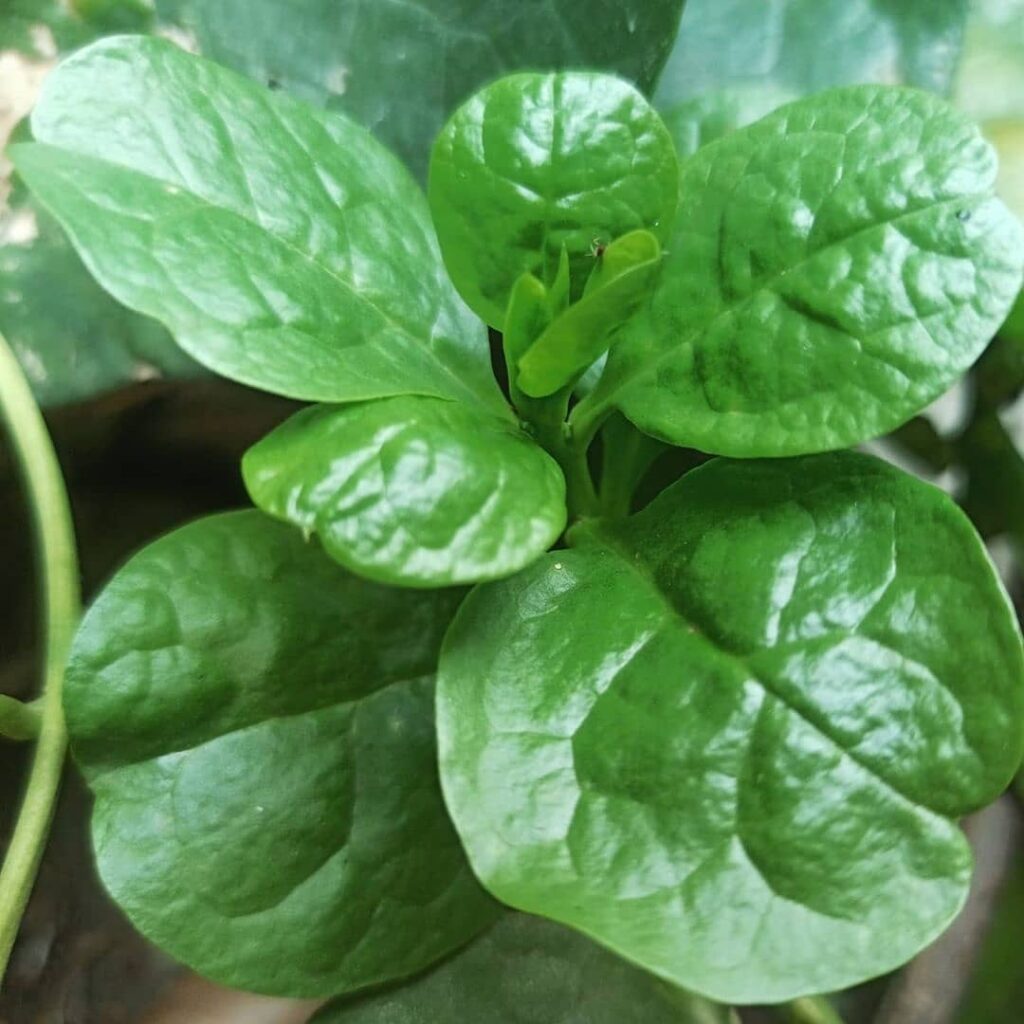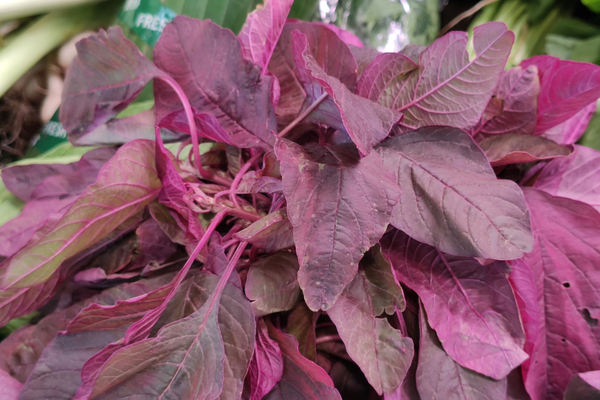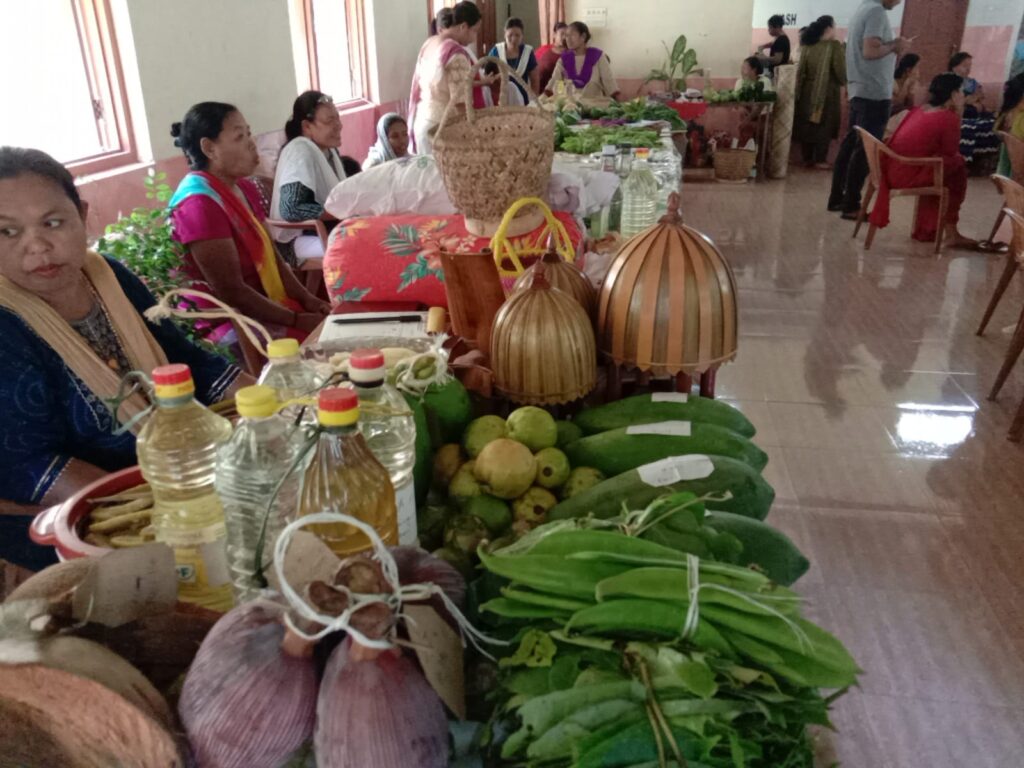A Verdant Paradise: A Deep Dive into Andaman & Nicobar’s Diverse Vegetable Scene
The Andaman and Nicobar Islands, an archipelago blessed with pristine beaches, lush rainforests, and crystal-clear waters, also boast a vibrant agricultural scene, particularly in the realm of vegetable cultivation. While the islands may be geographically isolated, their fertile soil and tropical climate give rise to a diverse array of vegetables, some indigenous and others introduced.
Indigenous Delights: A Taste of Tradition
The islands are home to a variety of indigenous vegetables, deeply rooted in the culinary traditions of the local tribes. These vegetables, often overlooked in mainland India, are not only delicious but also possess significant nutritional value.
- Poi (Colocasia esculenta): This versatile root vegetable is a staple in the diet of many islanders. It can be boiled, roasted, or steamed and is often served with coconut milk or curry.

- Marsa (Basella alba): Commonly known as Malabar spinach, this leafy green vegetable is rich in iron and vitamins. It’s often used in soups, curries, and stir-fries.

- Amla (Phyllanthus emblica): This Indian gooseberry is a powerhouse of Vitamin C. It’s commonly consumed in the form of juice, pickle, or chutney.
- Drumstick (Moringa oleifera): Every part of this tree, from its leaves to its roots, is edible and highly nutritious. Drumstick leaves are often used in curries and stir-fries.
Exotic Imports: A Fusion of Flavors
In addition to indigenous vegetables, the islands also cultivate a range of exotic vegetables, introduced over the years. - Tomato: A ubiquitous ingredient in Indian cuisine, tomatoes thrive in the island’s tropical climate. They are used in a variety of dishes, from curries to salads.
- Onion: Another essential ingredient, onions are widely cultivated in the islands. They add flavor and aroma to countless dishes.
- Potato: This starchy tuber is a popular side dish and can be prepared in numerous ways, from mashed potatoes to french fries.
- Brinjal: Also known as eggplant, brinjal is a versatile vegetable that can be roasted, grilled, or curried.
- Capsicum: Bell peppers, chili peppers, and other varieties of capsicum add color and spice to island cuisine.
- Cauliflower: This cruciferous vegetable is a good source of fiber and vitamins. It’s often roasted, boiled, or stir-fried.
- Cabbage: Another cruciferous vegetable, cabbage is a versatile ingredient that can be used in salads, soups, and stews.
- Carrot: This root vegetable is rich in beta-carotene, which is converted into Vitamin A by the body. Carrots are often used in salads, soups, and stews.
Challenges and Opportunities

- While the Andaman and Nicobar Islands offer favorable conditions for vegetable cultivation, several challenges hinder the sector’s growth. These include limited land availability, soil erosion, pest and disease infestations, and a lack of modern agricultural techniques.
To overcome these challenges, the government and local farmers are working together to implement sustainable agricultural practices, promote the use of organic fertilizers, and improve irrigation systems. By addressing these issues, the islands can further enhance their agricultural productivity and ensure food security for their residentsThe Andaman and Nicobar Islands, with their diverse range of vegetables, offer a unique culinary experience. By embracing both indigenous and exotic varieties, the islands are not only satisfying the taste buds of locals and tourists but also contributing to the nation’s food security.




